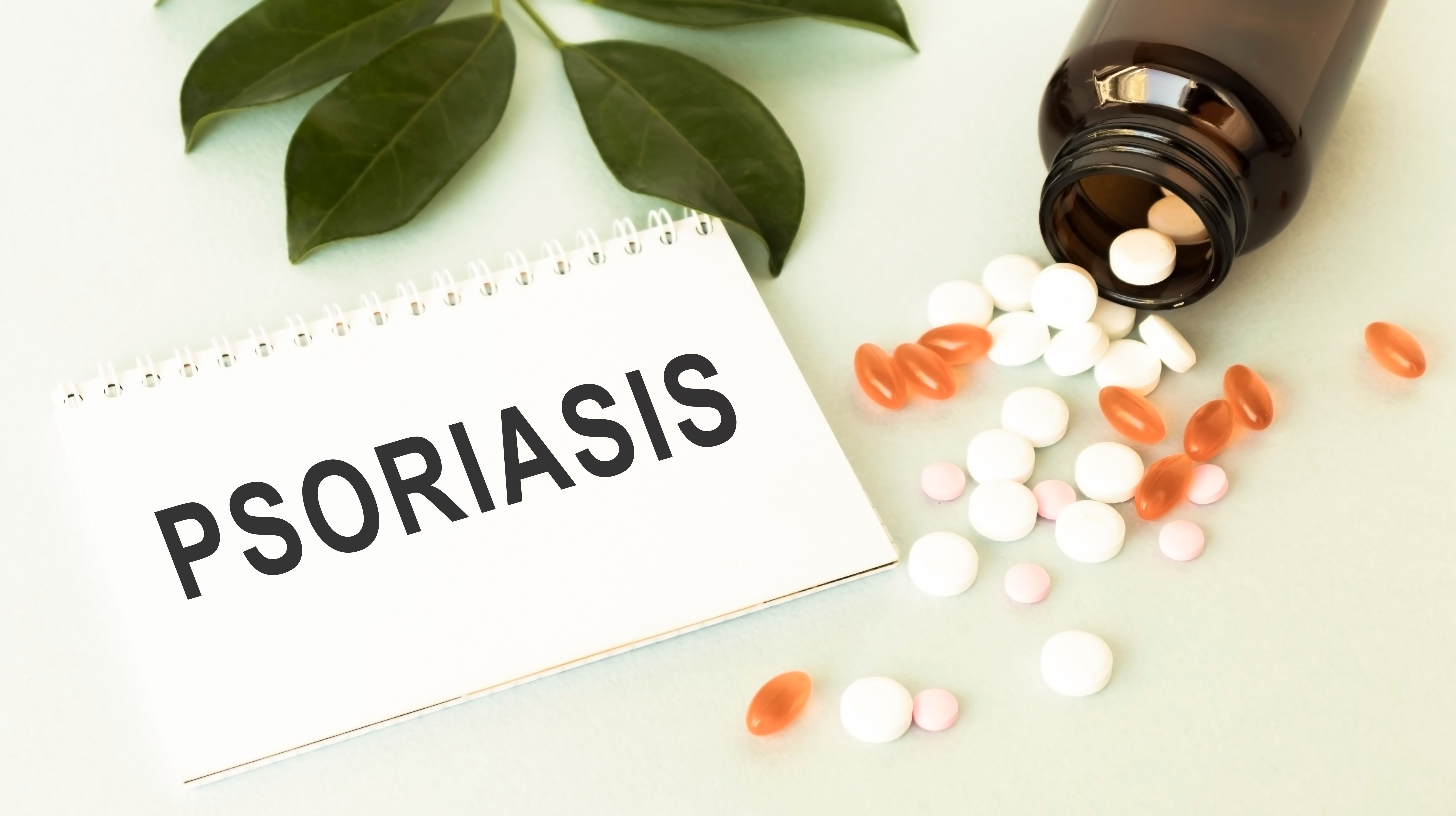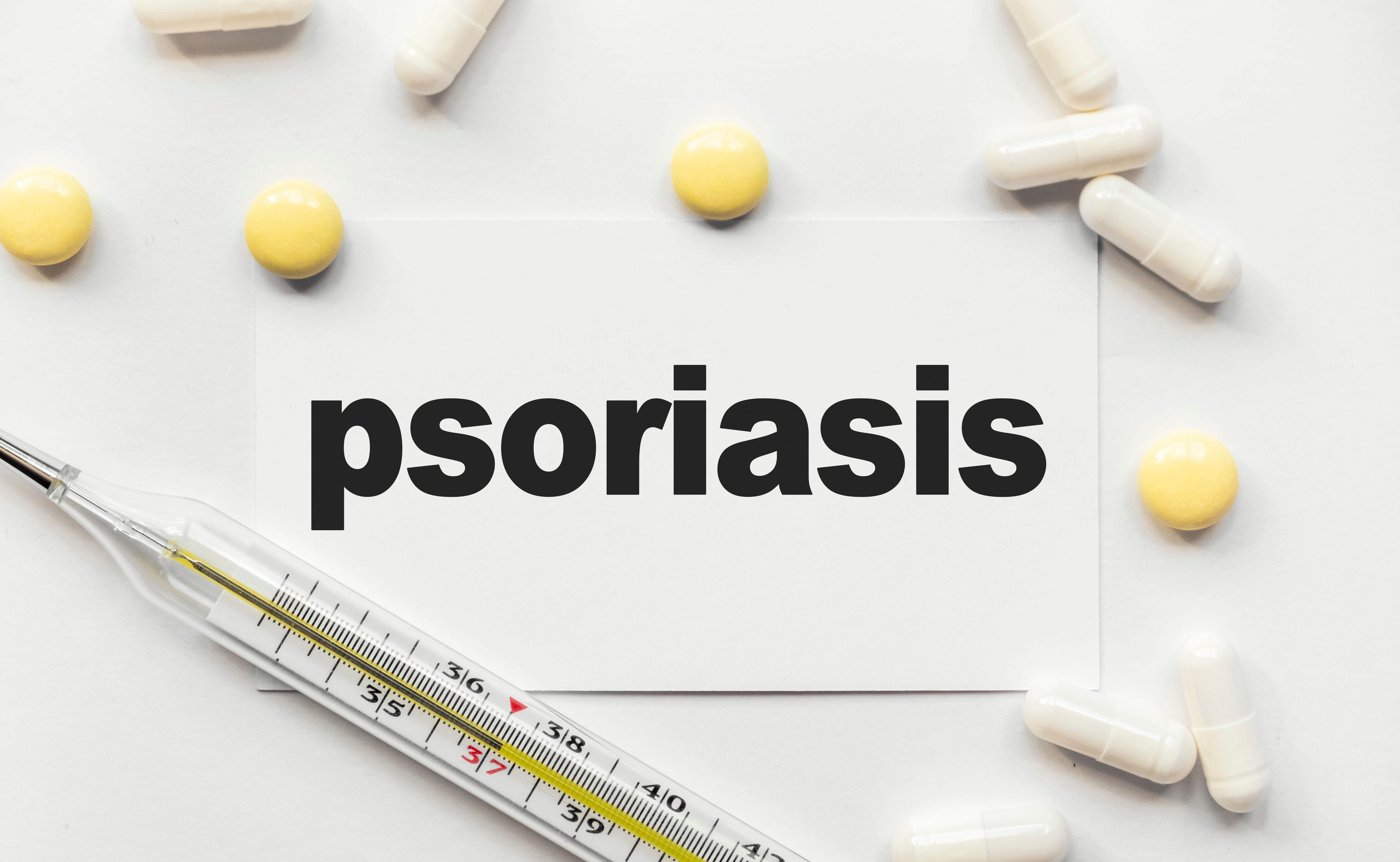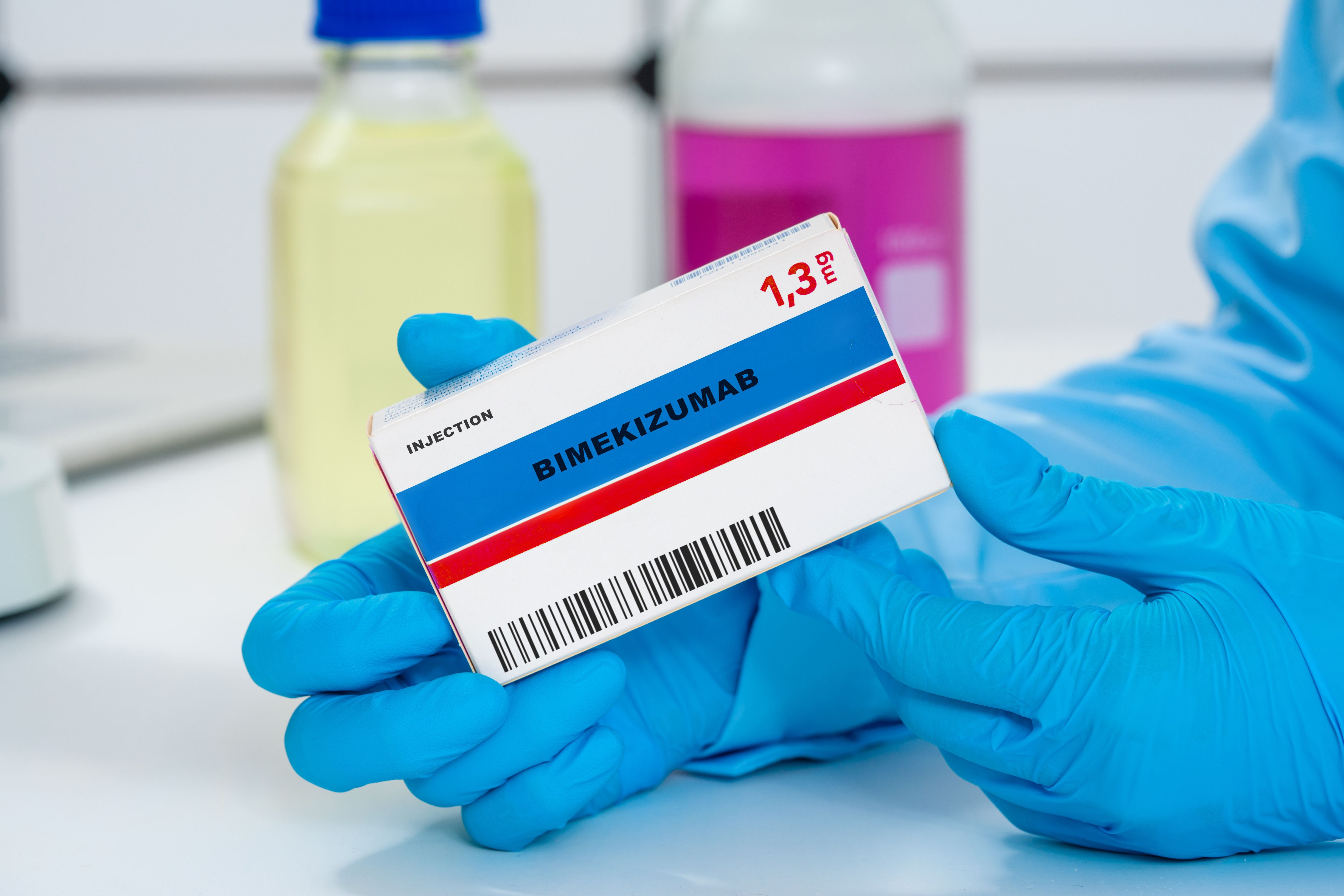Article
Psoriasis Research Raising New Questions, Including Role of Microbiome
Author(s):
A range of new research is helping scientists better understand psoriasis while also raising new questions. One approach is looking at how the gut microbiome affects the disease.
There is no cure for psoriasis, but recent advances in immunology have enabled the development of therapies that can dramatically reduce symptoms.
In a new review article published in The International Journal of Molecular Sciences, Mayumi Komine, MD, PhD, of Jichi Medical University, in Japan, reports on some of the latest advances and their implications for the treatment of psoriasis, including the potential for treatments based on the gut microbiome.
Psoriasis study has been wide ranging, he said, in part because there is still so much about the disease that is misunderstood. One of the “unsolved mysteries” in psoriasis has been why systemic inflammation has its most prominent symptoms on the skin and joints. Komine says new research suggests tissue resident cells play an important role.
“The roles of skin resident cells and Tregs have been drawing attention in psoriasis pathogenesis,” he writes.
Komine says these cells might help explain, for instance, why a recent trial that attempted to stop the migration of circulating T cells from the blood to the skin failed to be effective against psoriasis.
Other research centers around innate immune cells called innate lymphoid cells (ILCs). Komine says these cells are intriguing for a number of reasons.
“They have a high potency for cytokine production without specific antigen stimulation,” he writes. “Psoriasis has been considered an ‘autoimmune’ disease; however, no specific antigens have been identified.”
ILCs have been divided into groups, and one group, ILC3, has recently been found in increased numbers in the blood of people with psoriasis, and that ILC3/ILC2 ratios correlated with disease severity.
“These results indicate that ILC3 may have a pathogenic role in psoriasis, which compensates [for] the absence of specific self-antigen,” he said.
Komine says regulatory T cells have also been a potent area of research of late, noting that patients with psoriasis have been shown to have a decreased number of Tregs with disturbed function.
“Several reports indicated that successful treatment of psoriasis restored the function and number of Tregs in peripheral blood,” he said. However, Komine added that this research has also led to a more complicated pathophysiology of the disease, which he details in the article.
One area of emerging research that has potentially broad implications for psoriasis is the gut microbiome. Komine writes that one possible pathway to better understanding psoriasis is dysbiosis in gut microbiota of patients with psoriasis, though he says it’s unclear whether the imbalance has a pathogenic role or is simply a result of systemic inflammation.
“However, the recent study on gut microbiota and the immune regulatory mechanism suggests that dysbiosis in gut microbiota by inducing dysfunction of
Tregs and activation of Th17 and ILC3 could lead genetically susceptible individuals to develop psoriasis,” he said, adding that this dysbiosis could also be linked with comorbid diseases such as obesity, diabetes, and cardiovascular disease in certain patients.
Komine said Japan’s recent increase in the number of psoriasis cases could, for instance, be related to the “westernization” of the country and its diet.”
Komine concludes by noting that a number of new therapeutic approaches to psoriasis could be coming, but says they could come from a variety of different directions. New biologics, for instance, have succeeded in their systemic approach.
“Knowledge in skin resident cells are preferential to topical treatment, however, accumulating evidence in the gut—skin axis would favor a nutritional approach or signal inhibition to change microbiome composition,” he said. “Therefore, increasing therapeutic options may be available for future psoriasis treatment.”
Reference
Komine M. Recent advances in psoriasis research; the clue to mysterious relation to gut microbiome. International Journal of Molecular Sciences. 2020; 21(7):2582. doi: 10.3390/ijms21072582.





